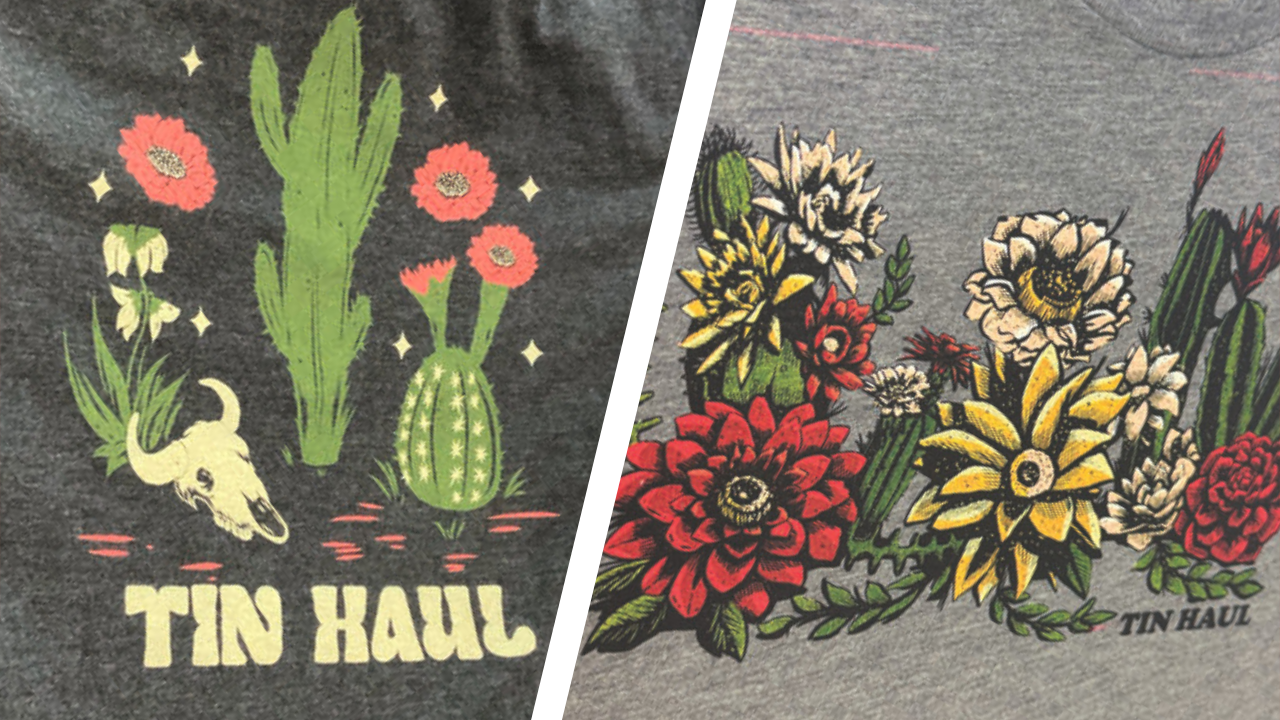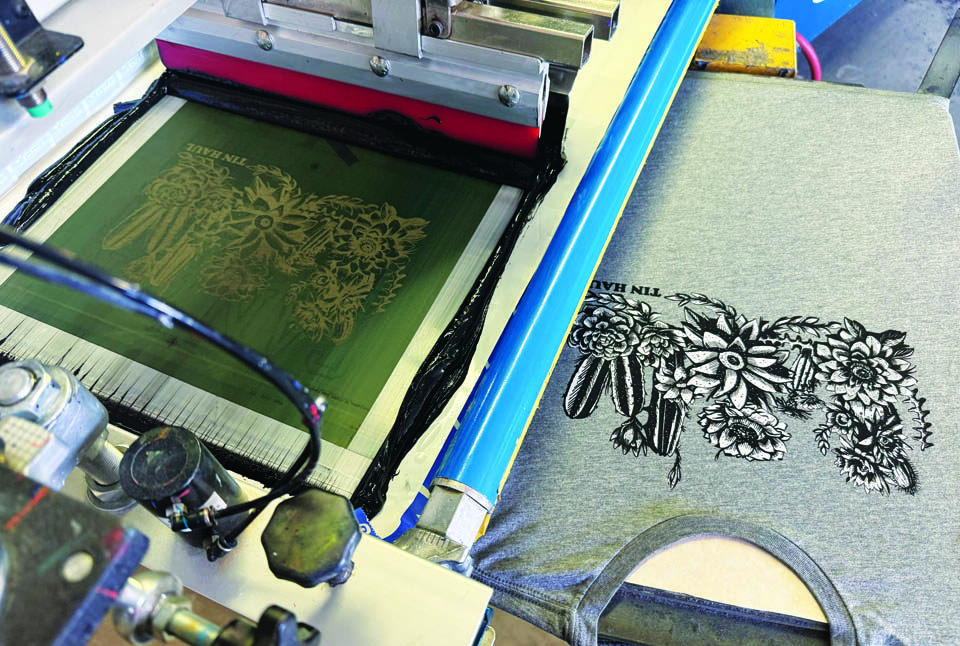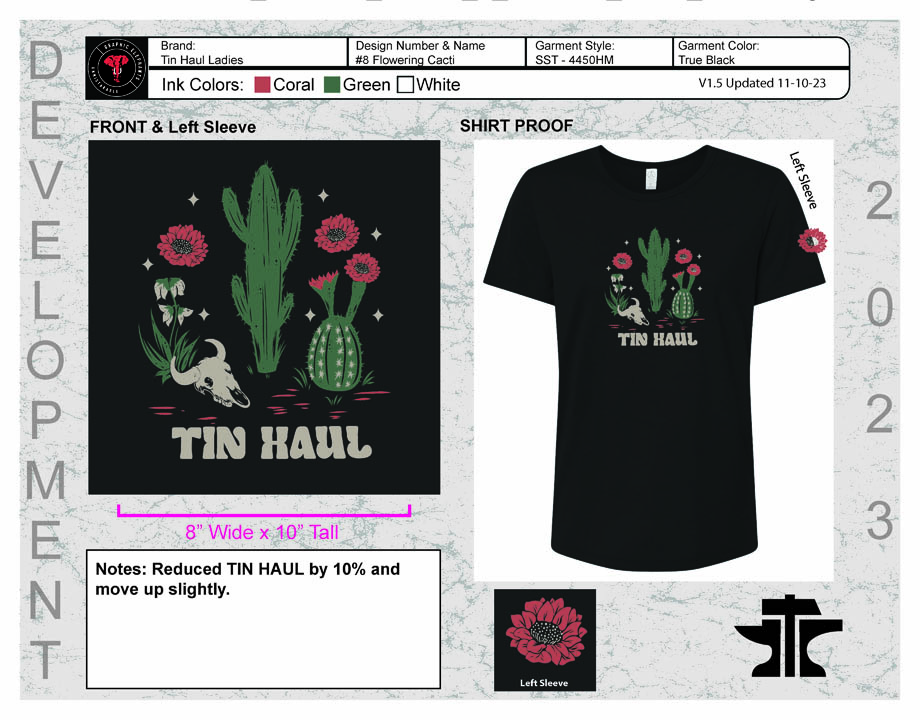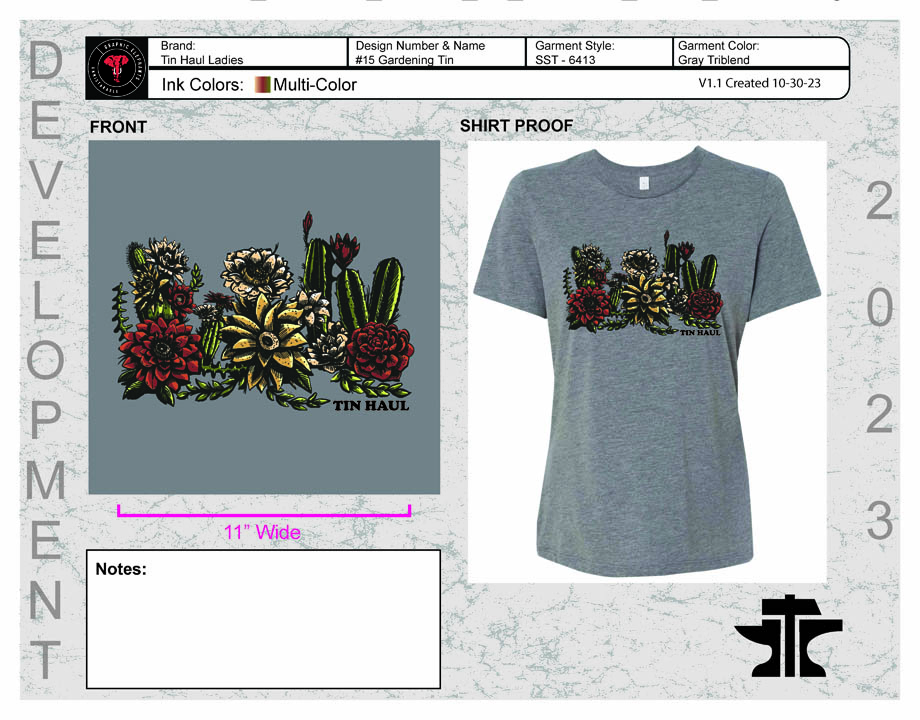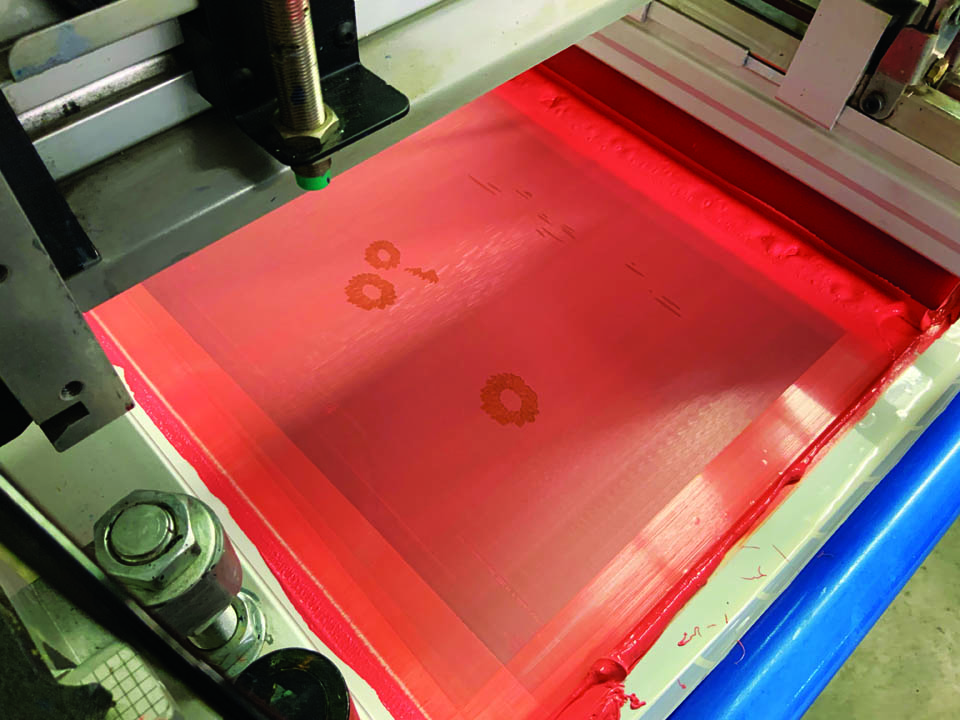Have you noticed that some plants have beautiful flowers whereas others don’t have flowers at all? Some plants have pointed thorns, while some have both flowers and spines. One such plant is the cactus. Cacti come in many shapes, sizes, and varieties. We can define cacti as a thick, fleshy plant that grows in hot, dry areas such as deserts around the world. The stem of a cactus plant is very thick and has sharp needles which provide protection. Cacti don’t have leaves.
The cactus has unique features and stores water to survive in very dry environments. While a cactus can be grown indoors and outdoors, the indoor version survives for about 10 years or so; studies have found the oldest cactus was 300 years old. Cacti are slow-growing plants that take more water in in the spring or summer and less in winter. Every cactus is unique and requires little maintenance to survive. Cactus spines are not thorns, they are highly-modified leaves. There are about 131 genera with some 1,866 species and many hybrids found in the world. The tallest cactus ever was almost 80′ tall.
For the last 35 years or so, we have worked with many western clothing brands that originated here in Colorado. As many of you know, brand and line development can have challenges, but we have been doing it long enough that we have a good balance of method and madness. It typically begins with a meeting where the designers discuss subject matter in broad strokes and trending fashion. The client gives us the direction on subject matter and style. This was the familiar task we were asked to complete. The direction ranged from classic, old school, and vintage to new designs. This was for a western womenswear line from Tin Haul.
Cacti design
We constructed the images with some larger elements, like silhouettes, for some of the cacti to be recognizable. Additional images called for a vintage style with secondary elements. These one- to eight-color concepts were great for the old, authentic country and western feel.
We started in Photoshop and built our basic shapes for overall compositions. We hand-drew some of the shapes and scanned those into Illustrator, then placed them into Photoshop and merged the layers in correct placement as smart objects. We used some canned distress patterns from our archives and positioned them over many of the images. We brought the transparency back to 100% on the Layers palette. In the color range with the dialog box selected, we chose the darkest object and adjusted. After deselecting and changing the background layer to a color, we were able to see our textures.
For our type solutions, Adobe Illustrator was the simplest way we could arrange vector objects in a multitude of ways. Much of our type was fairly bold. Under effect, we scrolled down to the warp options and chose different effects that we applied. With the preview box checked, we scrolled through options quickly. The finer details were secondary elements. Adding darker elements added back in some detail. We used multiple colors to fill the space between the key lines, which provided much of the detail.
Textures worked well on the larger elements, but for the finer detail, we used a fade with only a percentage of density removed and didn’t completely knock out areas of information. We used levels in the adjustments options under the Image menu. We increased contrast by overexposing the grayscale to help blow out the lighter values. Since we were using multiple colors in this print, we took into consideration color theory, using contrast and compliments.
The bolder, darker elements kept these designs from completely falling apart. It was a fine line. We knew we would lose some of the details in the cacti where the thinner lines for definition occurred, but that was to be expected. We were careful not to let that loss of detail take away from the look of the overall print. These designs were never really about detail, just representation. The subject matter was relevant to the client’s fashion line, but ultimately this was about a nostalgic look.
There was a Southwest cactus theme throughout these designs. Many of those images had a desert scene/ambience with plenty of cacti and desert valleys/bluffs. Once colored, each layer was selected and copied to a Channel for separation purposes. This processes the info into black or white and grayscale to be either positive or negative information. The in-between is loosely how the halftones get built for output.
Once our channel seps were completed in Photoshop, we placed the file on our Illustrator art board where our registration marks, grayscale, and job information live. We outputted on CTS with a frequency of 45 lpi half-tone at a 22.5 degree angle and a round shape. For a very thin ink deposit, all the screens were work-hardened N-272 tpi at a tension of 45 N/cm2. The white printers or base plates were on N-166. We nailed the setup with no micro adjustment out of the box. We ran everything wet-on-wet using all 65/90/65 triple ply, dual durometer squeegees with flood and print speeds moderate with minimal pressures.
The cactus is a plant that has immense benefits and is used to keep the body fit. Cacti show a wide range of shapes and sizes. On the whole, the cactus is a versatile plant. According to Wikipedia, the plural form of cactus is cacti or cactuses or, less commonly, cactus, and is a member of the Cactaceae plant family. That pretty much clears it up for us.
